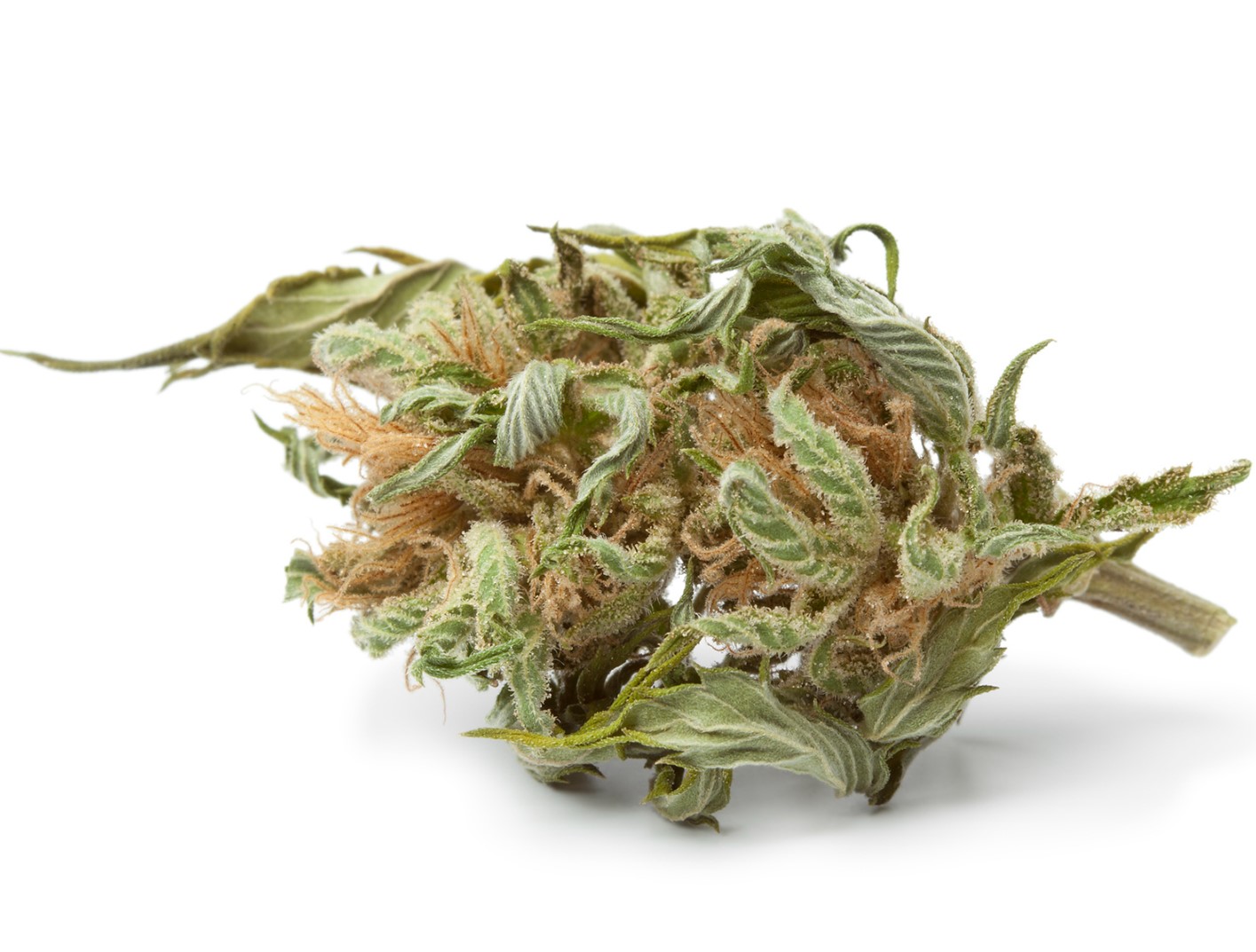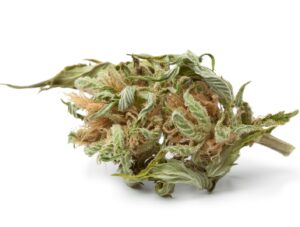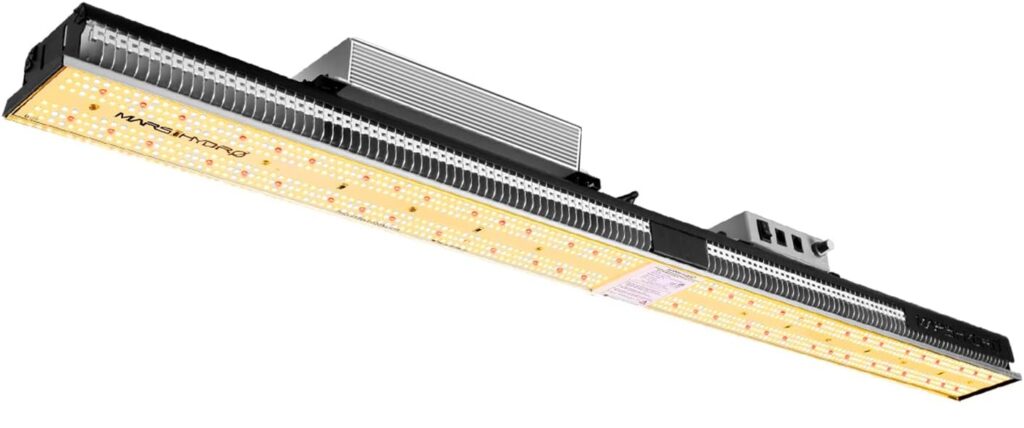When it comes to cannabis cultivation, larf buds have long been considered a nuisance by growers. These small, fluffy buds are typically found on the lower branches of the plant and are often seen as less potent and less desirable than their top-shelf counterparts. But is larf really as bad as it’s made out to be? In this comprehensive guide, we’ll delve into the world of larf cannabis, exploring its characteristics, how to avoid it, and whether or not it’s worth removing. So, let’s dive in!
What is Larf Cannabis?
Larf cannabis, also commonly referred to as popcorn buds, are the small, immature flowers that develop on the lower branches of the cannabis plant. These buds are often less potent and contain fewer cannabinoids and terpenes compared to the larger, more mature flowers found on the top of the plant. The lack of light exposure during the flowering phase is the primary reason for the development of larfy buds, as they receive inadequate light due to their position on the plant.
The Downside of Larf Cannabis
Larf buds may not be as desirable as their larger counterparts for a few reasons. Firstly, their small and feathery nature makes them difficult to grind, often resulting in a less pleasant smoking experience. Additionally, due to the higher ratio of plant matter to trichomes, larf buds may produce a harsher and less aromatic smoke. Furthermore, the lower levels of cannabinoids and terpenes in larf buds mean that they may not provide the same potency or medicinal benefits as the top-shelf flowers.
How to Reduce tiny buds
If you’re a cannabis grower looking to minimize the production of larf buds, there are several strategies you can employ:
If you’re a cannabis grower aiming to minimize larf bud production, employ these strategies, placing a strong emphasis on proper pruning techniques:
- Increase Light Intensity: Combat larf development by addressing the primary cause—lack of light. Add more lights or use far-red/infra-red wavelengths to ensure lower branches receive ample light, fostering robust and potent buds.
- Topping: Redirect growth to lower branches by removing the top bud site. This encourages the development of multiple main bud sites, potentially reducing larf occurrence and increasing overall yield.
- Screen of Green (ScrOG): Train plant branches to grow horizontally using a wire screen. This ensures equal light exposure for lower bud sites, decreasing the likelihood of larf development.
- Lollipopping: Remove lower stems and bud sites with inadequate light. Emphasize the importance of proper pruning by trimming these less productive branches, focusing the plant’s energy on developing larger, more potent buds.
- Proper Pruning Techniques: Ensure precise and strategic pruning by removing dead or excess foliage. This not only enhances light penetration but also encourages the plant to direct energy towards healthier bud development.
It’s crucial to note that while these techniques help minimize larf, complete elimination may not be possible, especially if environmental factors or genetics contribute to its development. Implementing proper pruning practices enhances the effectiveness of these strategies. I appreciate your understanding.
It’s worth noting that while these techniques may help reduce larf, complete elimination may not be possible, especially if environmental factors or genetics play a role in its development.
Should You De-larf Your Crops?
The decision to de-larf your cannabis crops ultimately depends on your specific goals and preferences as a grower. While removing larf buds may result in larger and more potent flowers on the top of the plant, there are a few considerations to keep in mind:
- Trichome Loss: When removing larf buds, it’s important to recognize that the plant may not be able to recoup all the potential trichomes lost. Pruning too heavily or removing buds too late in the flowering phase may lead to a decrease in overall trichome production.
- Yield Dilution: Research suggests that larger flowers don’t necessarily equate to higher potency. In fact, higher flower mass can dilute the concentration of cannabinoids. It’s important to strike a balance between removing larf and maintaining the overall quality and potency of the crop.
Ultimately, the decision to de-larf your crops should be based on careful consideration of these factors and a thorough understanding of your specific growing conditions.
What to Do with popcorn Buds
While larf buds may not be as potent or visually appealing as their larger counterparts, they still have their uses. Here are a few ways you can make the most of your larf:
- Affordable Option: Larf buds are often more affordable than premium flower, making them a budget-friendly option for those looking to enjoy cannabis without breaking the bank.
- Edibles and Infusions: Larf buds can be used to make cannabis-infused edibles or infused oils. Decarboxylate the larf to activate the cannabinoids, then incorporate them into your favorite recipes.
- Mixing with Premium Buds: If you have a batch of larf buds, you can mix them with premium buds to stretch your supply and increase the overall yield. This can be a cost-effective way to make the most of your larf.
- Smoking and Vaping: While larf buds may be less potent than premium flower, they can still be smoked or vaped. Consider using them in smaller bowls or joints to enjoy the flavors and effects without compromising potency.
Conclusion
Larf cannabis may not be the top-shelf flower that most growers strive for, but it still has its place in the world of cannabis cultivation. Whether you choose to remove larf buds or embrace their unique qualities, understanding their characteristics and potential uses can help you make informed decisions as a grower. By implementing strategies to minimize larf development and exploring creative ways to utilize larf buds, you can maximize your yield and enjoy the full spectrum of benefits that cannabis has to offer. So, embrace the larf and let it become a valuable part of your cannabis journey.




